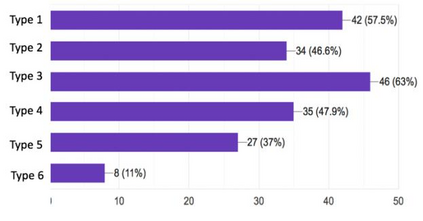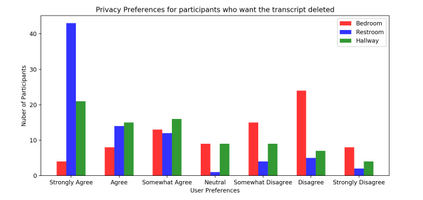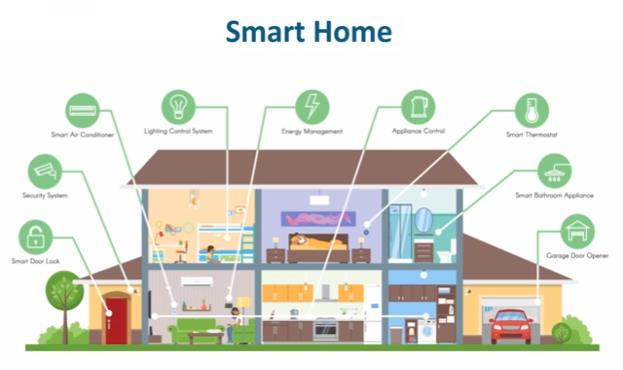Devices connected to the Internet of Things (IoT) are rapidly becoming ubiquitous across modern homes, workplaces, and other social environments. While these devices provide users with extensive functionality, they pose significant privacy concerns due to difficulties in consenting to these devices. In this work, we present the results of a pilot study that shows how users consent to devices in common locations at a friends house in which the user is a guest attending a party. We use this pilot study to indicate a direction for a larger study, which will capture a more granular understanding of how users will consent to a variety of devices placed in different social settings (i.e. a party house owned by a friend, an office space for the user and some 40 other employees, the bathroom of a department store). Our final contribution of this work will be to build a probability distribution which will indicate how probable a given user is to consent to a device given what sensors it has, where it is, and the awareness and preferences of each user.
翻译:在现代家庭、工作场所和其他社会环境中,连接到事物互联网的装置正在迅速变得无处不在。这些装置为用户提供了广泛的功能,但由于在同意这些装置方面存在困难,这些装置对隐私构成重大关切。在这项工作中,我们介绍了一项试点研究的结果,该研究显示用户如何同意在用户是出席一方的客人的朋友之家的共同地点使用装置。我们利用这一试点研究为一项更大的研究指明了方向,这项研究将捕捉对用户将如何同意在不同社会环境中安装的各种装置(即朋友拥有的党房、用户和大约40名其他雇员的办公空间、一个百货商店的浴室)的更为敏锐的理解。我们这项工作的最后贡献将是建立概率分布,它将表明给定的用户在何种传感器的情况下对某一装置表示同意的可能性,以及每个用户的认识和喜好。











